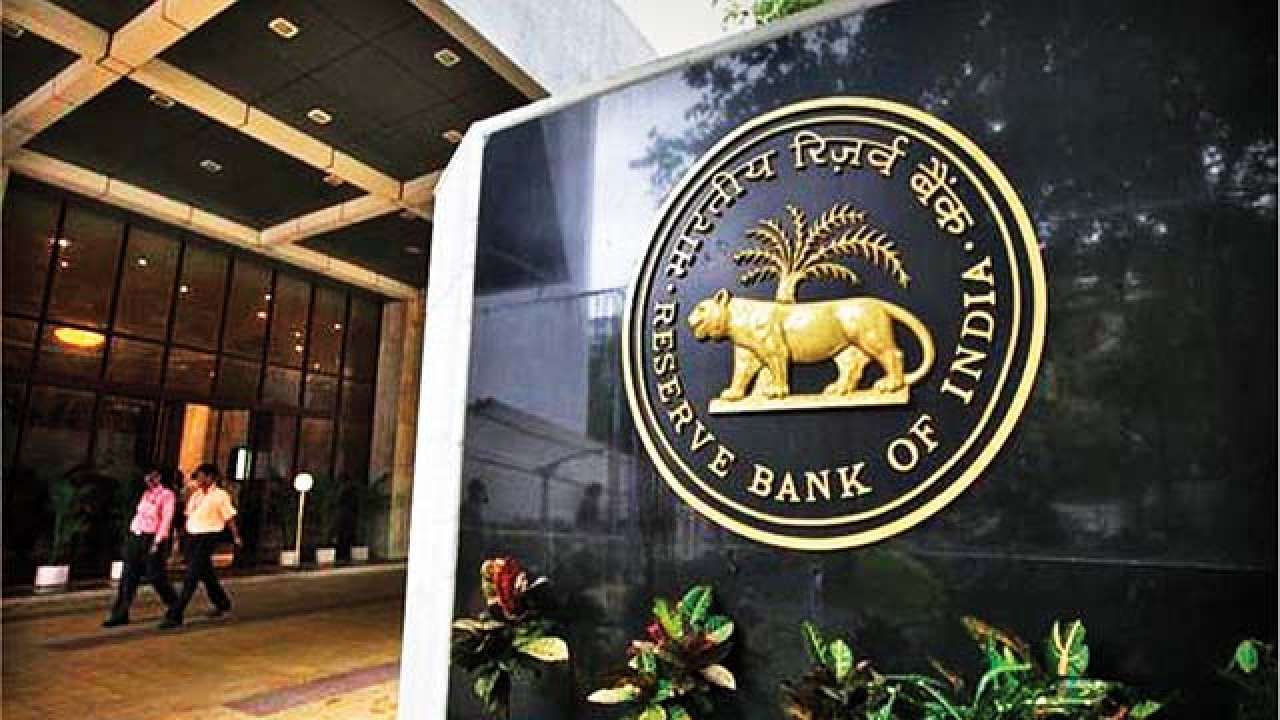DNA Edit: Mend fences – Govt and RBI need to respect each other’s boundaries

RBI
Conflicts between the government, represented by the Finance Ministry, and the RBI or the central bank, is embedded in their roles. Over the years, there have been many occasions when the two important pivots of the country’s financial system have agreed to disagree behind closed doors or exchanged less-than-amiable vibes. Though they have never found their way into public space. In fact, in the checks and balances that are the hallmark of government decision-making, dissenting notes represent a healthy tradition. Sadly, this arrangement, considered sacrosanct, seems to be breaking down, for the first time.
To a great extent, both sides are equally to be blamed. Even until a few years ago, it would have been unthinkable for a RBI deputy governor to give the kind of controversial speech that Viral Acharya delivered last week. Acharya’s caution that governments that do not respect the independence of the central bank, would sooner or later incur the wrath of financial markets and would come to rue their decisions, could be considered threatening. Not the best way to mend a rift in opinion. Equally offhanded was the charges by the Finance Ministry that in the Indian system, politicians may be accountable, but regulators are not. Even invoking section 7 in successive memos is not the best way to communicate on occasions of conflict. Such incendiary polemic between the country’s two premier institutions, around whom the monetary and financial policy revolves, is highly avoidable. After all, the ministry and the bank regulator are meant to be on the same side, and not opposite. The Finance Ministry had issued a letter to the RBI, seeking consultations under Section 7 of the RBI Act. Put plainly, it gives the government the right to, in consultation with the RBI Governor, the authority to discuss an issue in public interest. It’s invocation in itself is unprecedented and seems to have created more bad blood. The immediate trigger for the move appears to be the RBI’s stand on providing a special liquidity window to non-banking finance companies (NBFCs), many under redemption pressures, credit to small and medium enterprises and easing of restrictions on lending imposed on state-owned banks. The government, reportedly, wanted the RBI to be more accommodative on these subjects, notwithstanding NPA pressures. After all, given the overarching imperatives of politics, this government and any government, would prefer eased restrictions.
Some tensions between the two are inherent, particularly after the enactment of law on monetary policy framework with a clear mandate to the central bank on targeting inflation. The resolution of bad loans has been a constant friction point, as the big and powerful are involved. This is the biggest insolvency and resolution process in the history of Indian finance. The pulls and pushes and the resulting friction is expected. It is important that the Finance Ministry and the RBI do not forget that this friction should not be used to break boundaries.